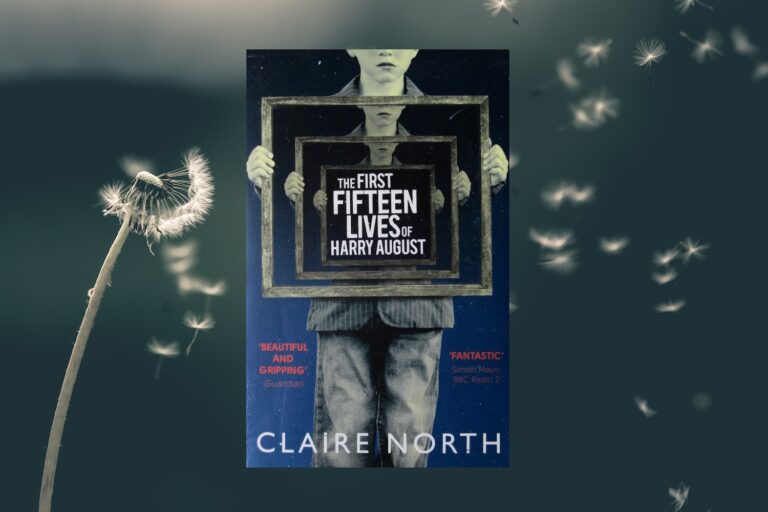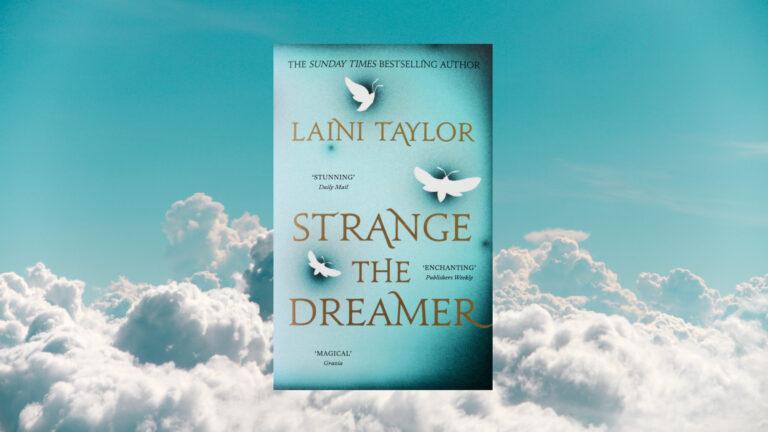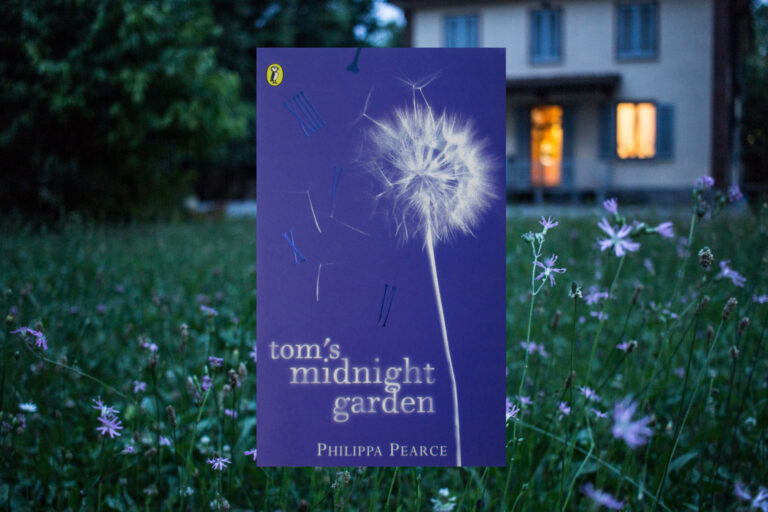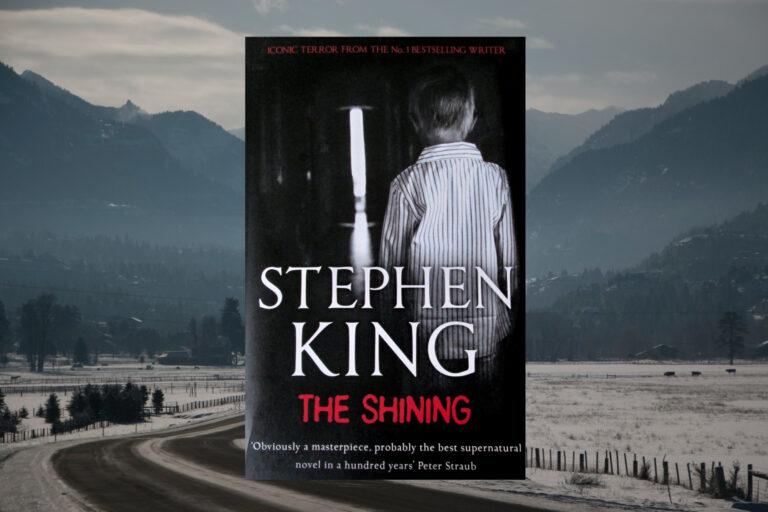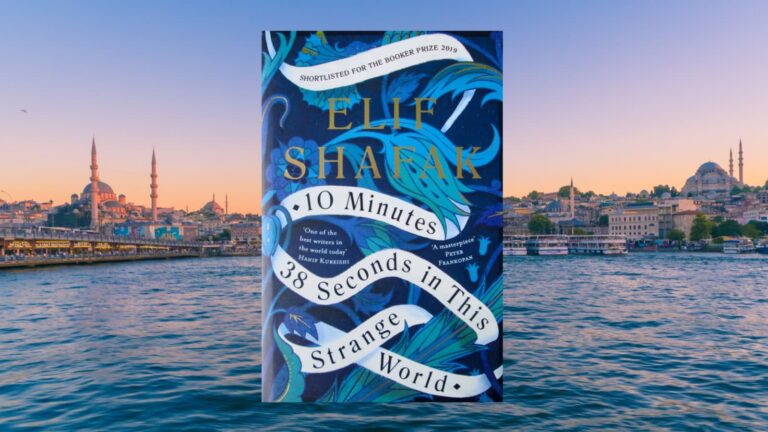The Silk Roads is not just an exciting and in-depth story of civilisation’s history, but it also provides a different perspective than that often taught in the West.
Come, hear the author Peter Frankopan as he illuminates our past, telling of vast swathes of land fraught with conflict, the formation and spread of religion, the backstabbing to the support of politics, the building of riches from the economy; such as taxes, to a war of propaganda on coins, and how rich items lead to rich pursuits. Then there is emigration, immigration, colonisation, disastrous diseases like the Black Death, maritime revolution, centuries of slavery across the east to the west, manufacture, markets, and the rise and collapse of empires. Endless knowledge awaits those who read The Silk Roads, its treasures not all glitter and gold, but those that are, shine magnificently.
It was about halfway through that I realised the heart of the book is around the interconnection of cultures, both with its disadvantages; greed, collision of beliefs and invasions, to the advantages; defences, support and sharing of cultures and teachings, such as Greek theology being taught centuries ago in Persia. Frankopan shows a cause and effect, a push and pull between countries – as one changes shape so too do others, for example Rome’s spending power determining the coinage design in Eastern Asia.
Objects and literature reveal a history of trade that opened many eyes to the size of the world, the items bartered and exchanged varying from silk, spices, horses, to later, weapons and strategic positions. There are some interesting tales placed sporadically in the book, such as the astronomical costings of silk and the views of some on wearing this new transparent material, ooh la la. To tons of soil being removed and sold for its richness. Skulls being misshapen to be at a point. And three million paintings produced in the Netherlands within a century. However, there aren’t as many of these interesting points as I would’ve liked. It’s almost as though they’re insignificant to the progression of history and so relegated to the back. Although there’s a profusion of facts outlying history’s development in politics, infrastructures, expansion of arts, and a surge in populations, and so much so that it’s similar to headline news – in having room for nothing else. This fast pacing is especially the case early on, though as the chapters progress and history’s recordings become more numerous and descriptive, so too does the book.
Subtitled A New History of the World, The Silk Roads barely mentions some countries, or even at all, but then it would need another book of the same size (for this volume is huge) to do it justice. However, it still felt as though opportunities were missed and I certainly could have read double the length for the concluding chapter – it’s one of the most interesting sections – Frankopan commenting here on recent actions and providing a fascinating conclusion when predicting near futures.
Religion has formed, affected and continues (in a way) to shape our society, therefore for good reason it forms a large section of the book; looking at the spread of beliefs – mainly Christian and Muslim – and how religions took from each other, fought, supported, and used economic tie-ins to increase the number of conversions. Then there are persecutions, and the formation of religion into a coherent system of faith to be followed. There’s also the linking of leadership with the growing popularity of religion, in order to cement strengths and build kingdoms.
The Silk Roads explores the grips of empires, to their eventual revolts and release. Investigating their differences, their wealth and strengths in the East – propelling many an empire into existence; Persian, Byzantine, Roman, Mongol, Ottoman and many more. But also the ferocity of small tribes/countries in becoming great seats of power, such as the nomad tribes.
Frankopan has made a bold decision in choosing not to focus on the well-known names and periods of history (often assigning them just a few brief paragraphs; case in point Alexander the Great) though this changes when presenting a side to the event often ignored. Frankopan is an advocate of the obscure and brings them to light, whether it’s events, actions, items or people, such as William Knox D’Arcy, an entrepreneur who’d have wide-ranging ramifications. And this is something the author often does; detailing how something had far greater range than could’ve been known and thereby highlighting the secrets of the past.
The first part of the book focuses on the East, its wealth, the connected routes, discovery, trade, spread of religion, politics and more, with the second half largely exploring the relationship between East and West, while roughly two-fifths of the book (not including notes and references) are devoted to the last hundred years, presenting a direction of history often untold. For example, Frankopan’s covering of; the world wars; a desire of oil; to the tug of war between Great Britain and the USA against the Soviet Union over the use of land and infrastructure of the Middle East.
Threaded here and there are examples of a re-editing of history, its constant upheaval showing it’s not something that’s set-in stone, with those in the past having the ability to construct history as to how they wanted or felt (biases included) it should be. Take for example the popular depictions of the Mongols as being only ruthless and violent, which are in fact ‘wide of the mark, and represent the misleading legacies of the histories written later which emphasised ruin and devastation above all else.’ But more frightening is the fact this ‘false history’ is not something done just in the past by historians, rulers, religious leaders, and those influenced by grand beliefs, but is still enacted today by some contemporary historians. However, this is not to say that history is layered in fiction, as Frankopan provides a wealth of evidence from prayers, writers, artists, historians, archaeological finds, and reports from multiple sources on the same topic. It’s therefore no surprise that the book is overflowing in knowledge, with its collector and presenter being well-suited for the task – for Peter Frankopan is an esteemed Professor of Global History at Oxford University, and through his ever-growing expertise is able to separate fact, myth and fiction from one another. The Silk Roads looking to right the wrongs of our misinformation.
To clarify the range and impact of religions, invasions, empires, diseases and so on, Frankopan includes easy to follow maps, along with an injection of imagery to accompany its history. From photographed museum pieces that show the fortunes of the regions involved in trade and the growth of luxuries, to swathes of land, architectural wonders, and paintings depicting scenes of bustling ports, to photographs of the iconic, as well as infamous figures such as Saddam Hussein. My advice; don’t wait to reach these pictures in reading the book, but to glimpse at them every so often so as to enjoy their standing in history.
There’s a beautiful setting of history in The Silk Roads – you can smell the spices, taste the figs and admire the silks. The joy of Frankopan’s writing being that you learn without even realising you’re being taught, the book being a conversation with the past. Events depicted with the occasional visual narrative – ‘these were the death throes of a great empire in retreat, desperately thrashing to hold on to its former glories’ and that when set between a multitude of insightful commentaries stirs the imagination into making history once again breathe.
The Silk Roads gives voice and appreciation to a past often left in obscurity and through its telling of time it shows an analogy of domino effects; alliances, defences, wealth, poverty – if one country rises or falls, it affects those around it.
Other Notable Works by Peter Frankopan:
- The First Crusade: The Call from the East 2011
Book Edition Information:
Publisher: Bloomsbury
ISBN: 9781408839997
Cover Image: Shutterstock
Cover Design: Emma Ewbank
Presented Edition: 2016 Paperback
Background image courtesy of Razi Purjafarian on Unsplash




